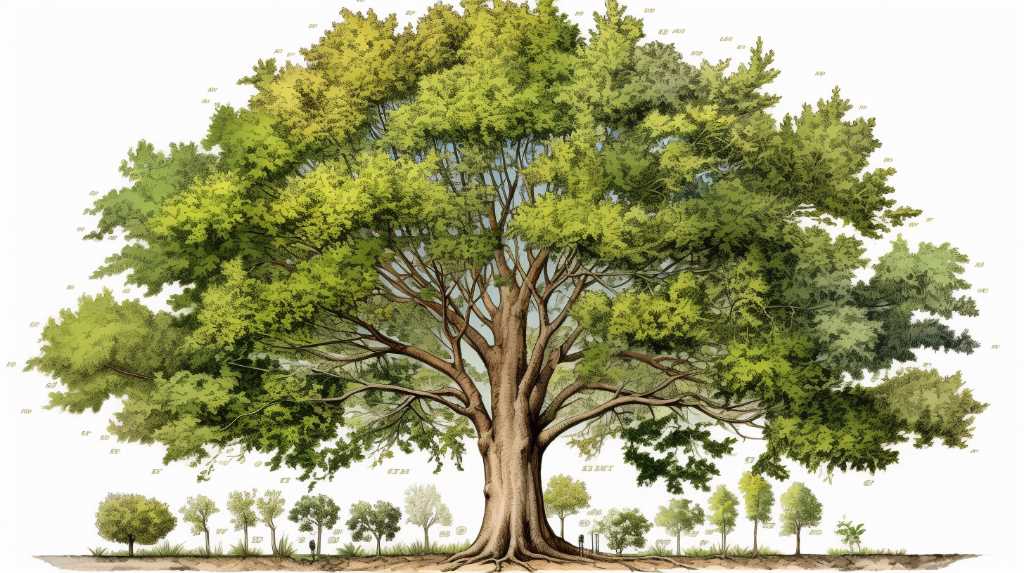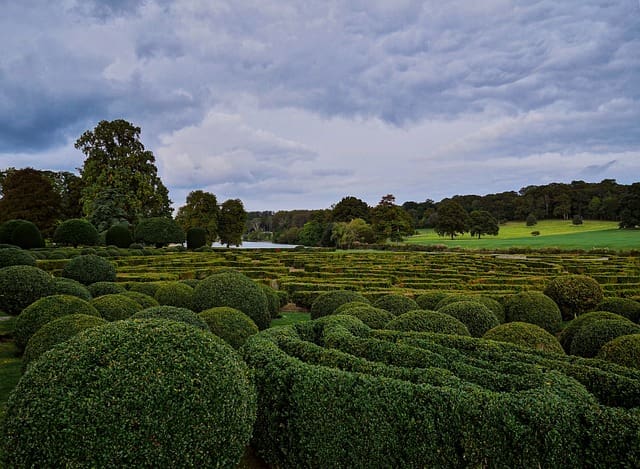Safety and Regulations
Guide to Preventing Common Tree Diseases Effectively


As a certified arborist, I’ve witnessed the devastation that tree diseases can cause firsthand. That’s why I’m here to share my expert knowledge on how to effectively prevent common tree diseases.
In this guide, I’ll walk you through essential steps like tree selection, proper pruning techniques, regular inspection, and soil health management. By implementing these strategies, you’ll be able to ensure the health and longevity of your trees, creating a beautiful and thriving landscape that you can proudly call your own.
Tree Selection and Placement
When selecting and placing trees, I always opt for ones that are well-suited to the conditions of the planting site. This is crucial in preventing common tree diseases and ensuring their long-term health. It’s important to consider factors such as soil type, sunlight exposure, and moisture levels when choosing the right tree species for a particular location.
Different trees have different requirements, and by understanding these needs, we can create an environment where trees can thrive. Additionally, proper placement is essential to avoid issues such as overcrowding or interference with power lines. By carefully selecting and placing trees, we can create a harmonious and sustainable landscape that enhances the overall beauty and health of our surroundings.
Now, let’s move on to discussing proper pruning techniques, which play a vital role in maintaining tree health and preventing diseases.
Proper Pruning Techniques
To effectively prevent common tree diseases, I rely on using appropriate pruning techniques.


Pruning is an essential practice that helps maintain the health and vitality of trees. When done correctly, it promotes proper airflow and sunlight penetration, reducing the risk of fungal infections and promoting overall tree vigor.
One crucial technique is making clean cuts just outside the branch collar, which encourages proper healing and prevents the entry of pathogens. Additionally, it’s important to remove any dead, damaged, or diseased branches promptly to prevent the spread of infections.
Regular pruning also helps shape the tree’s structure, preventing weak or crossing branches that can lead to breakage.
Regular Inspection and Monitoring
I rely on regular inspection and monitoring to effectively prevent common tree diseases. By regularly inspecting my trees, I’m able to identify any signs of disease or infestation early on. This allows me to take immediate action and prevent the spread of the disease to other trees.
During my inspections, I look for symptoms such as wilting leaves, discoloration, cankers, or unusual growth patterns. I also monitor the health and vigor of my trees, ensuring they receive proper nutrition and water.
Regular monitoring helps me identify any changes in the environment or conditions that could potentially lead to disease. By staying vigilant and proactive, I can maintain the health of my trees and create a thriving environment for them to grow.
Soil Health and Nutrient Management
Maintaining optimal soil health and managing nutrient levels is crucial for preventing common tree diseases effectively. By ensuring that the soil is healthy and well-nourished, we create an environment where trees can thrive and resist diseases.


Here are three key practices to consider for soil health and nutrient management:
- Regular soil testing: Conducting regular soil tests helps determine the nutrient levels and pH balance of the soil. This information allows us to make informed decisions on the type and quantity of fertilizers needed.
- Appropriate fertilization: Applying the right type and amount of fertilizers based on soil test results is essential. This helps provide trees with the necessary nutrients they need to grow strong and resist diseases.
- Organic matter management: Adding organic matter, such as compost or mulch, improves soil structure and fertility. It enhances nutrient retention and promotes beneficial microbial activity, which aids in disease prevention.
Integrated Pest Management Strategies
By implementing these practices for soil health and nutrient management, I can effectively address common tree diseases through integrated pest management strategies.
Integrated Pest Management (IPM) is an approach that focuses on long-term prevention and control of pests by combining multiple strategies. This holistic approach not only targets the pests themselves but also considers the overall health and resilience of the trees.
One key aspect of IPM is the use of biological control methods, such as introducing natural predators or parasites to control pest populations. Additionally, cultural practices like pruning and proper tree spacing can help improve tree vigor and reduce susceptibility to diseases.
Regular monitoring and early detection of pests and diseases are also crucial in implementing effective IPM strategies. By adopting these integrated approaches, I can ensure the health and longevity of the trees while minimizing the use of chemical pesticides.


Hello there! I’m Logan Foster, the green-thumbed social media marketer behind the vibrant world of 1800TreeGuy.com. With roots firmly planted in arboriculture, I’ve branched out to help clients cultivate their dream outdoor spaces, one leafy canopy at a time. My knack for nurturing nature is more than a profession—it’s a way of life.
When I’m not talking trees and teaching the art of arboreal care, you can find me cheering on the Bulldogs—my alma mater’s pride and my forever team. My environmental studies there didn’t just teach me about ecosystems; they instilled a lifelong passion for protecting our planet.
Off the clock, I’m an adventurer at heart. Whether it’s trekking the Appalachian trails, pedaling down a mountain path, or crafting guides to share the wonders of the wild, I’m happiest with soil under my nails and the sun on my face. And let’s not forget Yoda, my pug sidekick. He may not have mastered the art of stillness, but his joyful grins are my daily dose of happiness.
I’m all about making connections—between people and the great outdoors and between my clients and their ideal landscape visions. My approach is personal; every tree has a story, and every garden reflects its caretaker.
If you want to green your scene or share in my outdoor escapades, give me a shout on Instagram or Facebook. Let’s cultivate a conversation and grow a community rooted in a love for the lush life.







